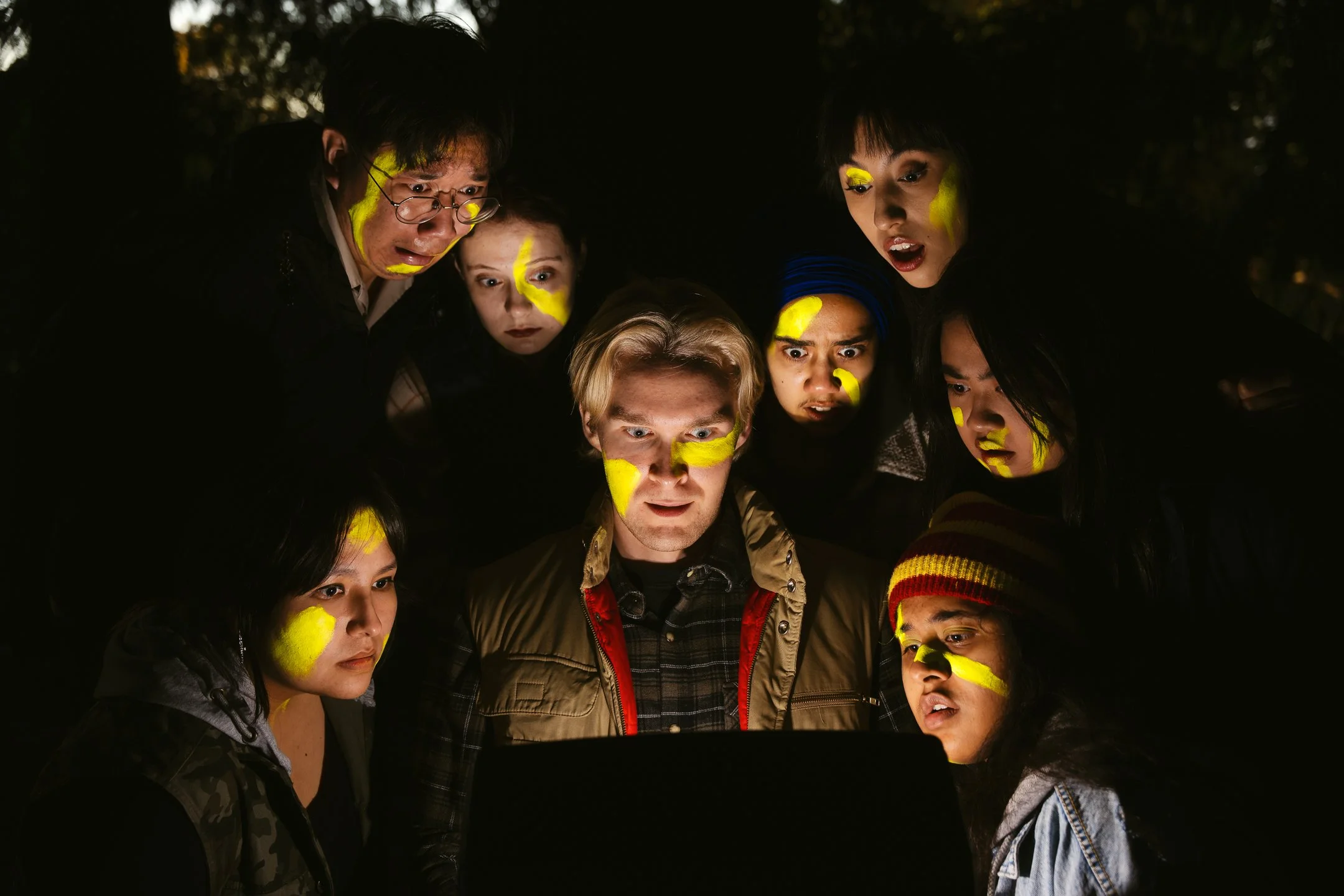Review: Fire at Sea
/Film still from Rosi's Fire at Sea
Gianfranco Rosi’s Fire at Sea (2016) opens with a list of numbers, one for each of the migrants who attempt the journey to Lampedusa, the tiny island off the coast of Italy where the entire film takes place. We are used to seeing statistics like these in documentaries, but as the film moves forward from there, scene after seemingly unrelated scene, it becomes clear that this is a different sort of documentary. The film moves quietly, slowly, and settles into an ambiguous rhythm. Seen one at a time, the scenes in Fire at Sea do not seem to be moving towards anything in particular, but as the film progresses small connections emerge.
By focusing not just on the experience of migrants, but also on the day-to-day life of Lampedusa, the film wills its audience to notice small details—to understand that every small moment can matter, and that our lives, like the scenes in Fire at Sea, are a series of vignettes rather than a linear story. The meaning comes later, in hindsight, as we fit the pieces together in order to make sense of (or to live with) reality. In the case of Fire at Sea, the sum of these vignettes is a story about the preciousness and also the precariousness of the everyday; how sometimes lives move in a smooth line, propelled forward by tradition and ritual and necessary work, while other times lives are left with nothing familiar to hold them in place. The extent of the risk people are taking to come across the sea becomes increasingly clear. We see how flimsy the migrants’ connections are to the people of Lampedusa—who merely hear about their rescues or deaths on the radio—and to the island itself, since they remain at the migrant holding centres and see little else.
Much of the film focuses on one child in particular, Samuele, who speaks and thinks like a wise old man despite his young age. I can think of few characters, real or fictional, as loveable and engaging as Samuele. Samuele preaching to his friend about the virtues of a well-made slingshot; Samuele throwing up over the side of his father’s boat; Samuele being fitted for an eye-patch; Samuele slurping up his spaghetti while gesturing wildly. In a film supposedly about the refugee crisis, why so much focus on a young Italian boy whose family has lived on Lampedusa for generations? There are many possible answers to this question. One might be that Samuele functions as an anchor, a boy planted firmly in place, whose identity is inextricable from the island where he lives. The banality of everyday routines, the sense of place, all of the things Samuele and his family represent—these are the things that the migrants have lost. The life that Samuele lives on Lampedusa is not without hardship or boredom, but it is liveable. People risk their lives at sea for this—for the possibility of a liveable everyday.
The film asks us to pay attention, to listen, to watch everything as it unfolds. All of these moments matter. All of these people matter. To pay them attention is to care. And after seeing what we have seen in this film—the moments of beauty, the moments of humour, and the moments of death and heartbreak and grief and injustice—it is easy to understand why the doctor who treats the incoming migrants might say (to no one in particular, and to everyone); “All this leaves you so angry. It leaves you with emptiness in your gut. A hole.” His job does not require him to care. But after seeing what he was seen, how can he not?






